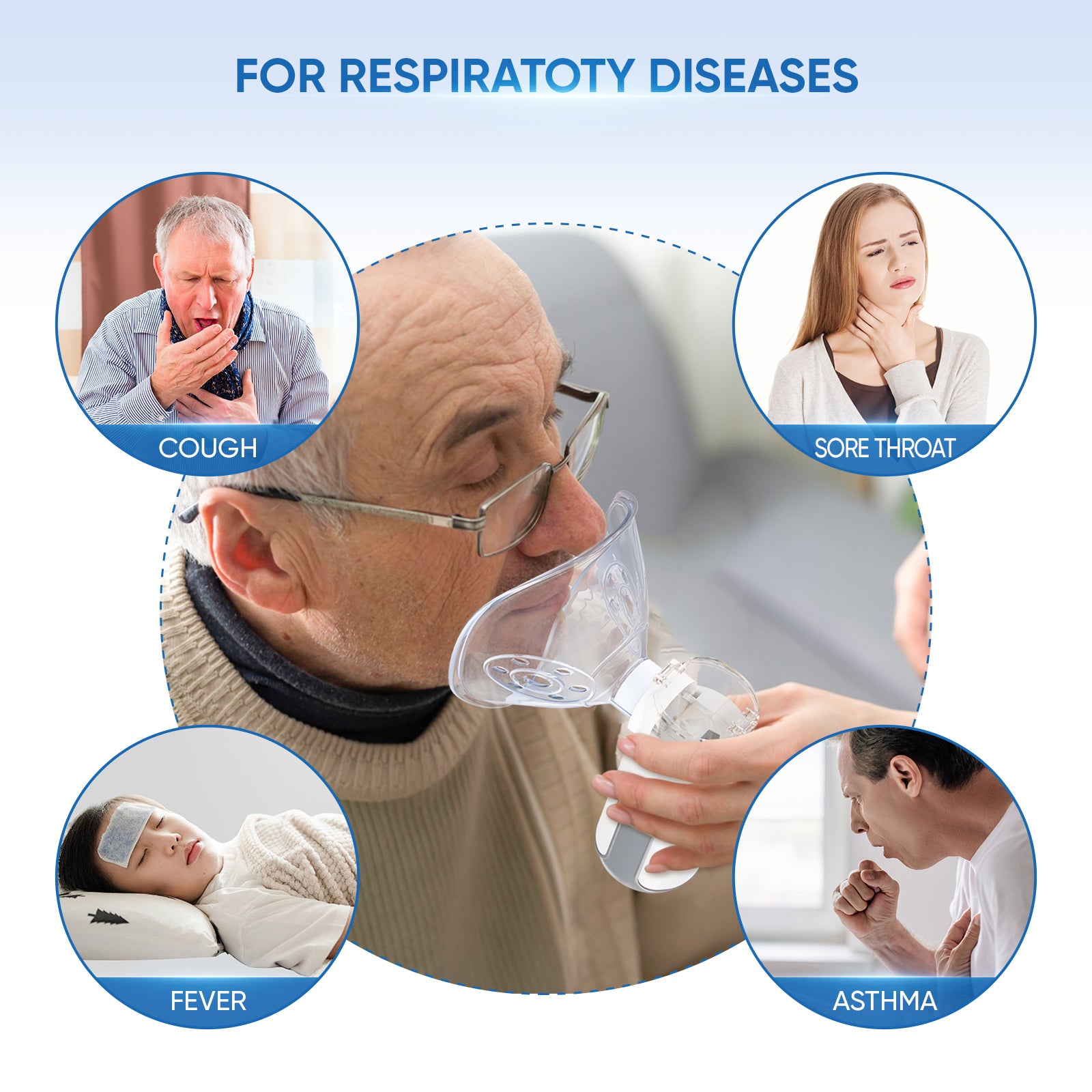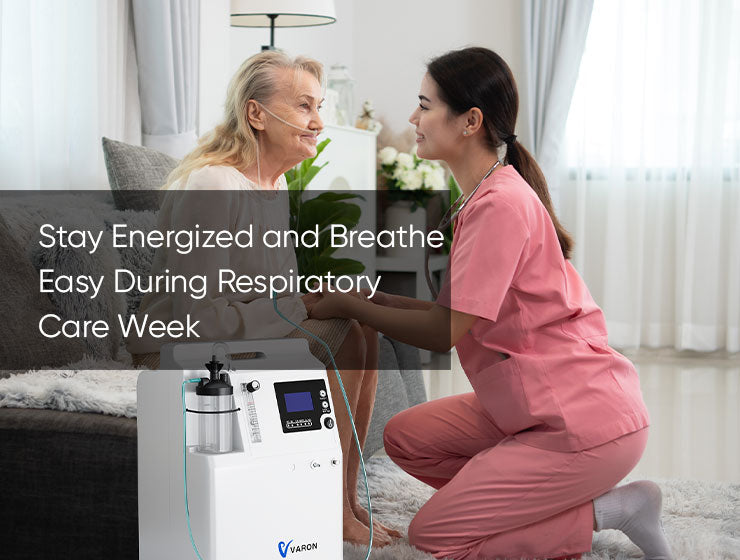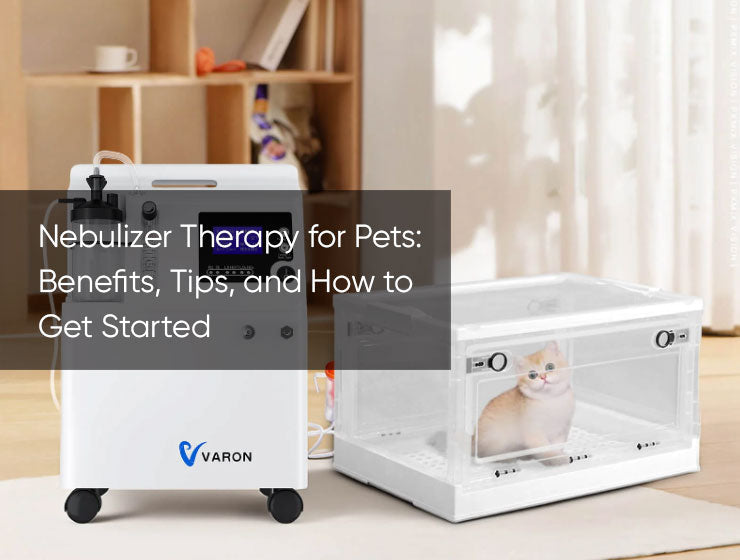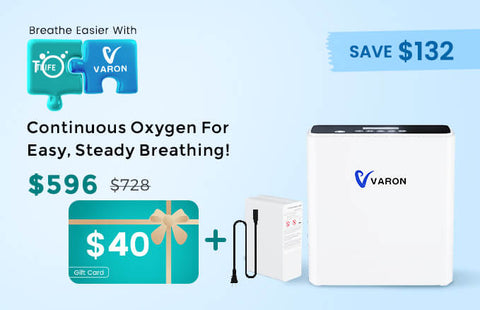Regular care and maintenance of your portable oxygen equipment will not only extend the life of your oxygen supplies, but it will guarantee that you’ll receive optimal air flow with uninterrupted service. The following guidelines are recommended by TTLife for oxygen concentrator maintenance on all units to keep your oxygen equipment in tip-top condition.
Battery Maintenance
All portable oxygen concentrator units are equipped with a lithium ion battery. To extend battery life and ensure optimum performance of your portable oxygen concentrator, keep the following guidelines in mind for oxygen concentrator maintenance:
- Your portable oxygen concentrator can only use the corresponding type of battery.
- Always keep batteries dry. If it gets wet, stop using it and put it in a zip-lock bag and take it to your local battery recycling location or e-waste facility. Never throw lithium-ion batteries (or any batteries) directly into the trash.
- To extend battery run time, avoid use in extreme temperatures, including temperatures below 41°F (5°C) or above 95°F (35°C).
- Store batteries in a cool, dry place while they still have 40-50% partial charge.
- If possible, avoid fully discharging or charging the battery.
- Label multiple batteries (A, B, C or 1, 2, 3, etc.) and rotate them accordingly.
- Don't leave your battery dormant for more than 90 days at a time.
Nasal Cannula Oxygen Concentrator Maintenance
Regardless of which brand of nasal cannula is appropriate for your needs, TTLife recommends that you regularly replace your nasal cannula as part of your oxygen concentrator maintenance program in accordance with your healthcare provider's recommendations and the manufacturer's instructions. In general, most experts recommend changing the nasal cannula every two weeks. also:
- Clean your nasal cannula when you change it every day to make sure bacteria don't build up and cause infection. Follow the manufacturer's instructions for optimal cleaning.
- To ensure proper breath detection and efficient oxygen delivery, your nasal cannula should be single lumen and no longer than 25 feet.
- For best results, talk to your doctor, respiratory therapist, or oxygen company about which nasal cannula is best for you. Look for safe accessories that won't restrict flow to your portable oxygen concentrator.
Concentrator case
Keeping your portable oxygen concentrator clean and dust-free is an important part of oxygen concentrator maintenance and helps keep your equipment in top working order. Here are the basics:
- Whenever the outside of the oxygen concentrator becomes noticeably dusty or dirty, clean it. Wipe the exterior of the portable oxygen concentrator with a clean cloth moistened with water and a mild detergent. Avoid using harsh chemicals such as isopropyl alcohol or methylene chloride for oxygen generator maintenance, and never use petroleum products to clean oxygen equipment.
- To reduce the risk of electric shock and damage, never immerse or expose the Portable Oxygen Concentrator or any of its accessories to water. While these units have been tested to withstand rain when walking from the car to your home, it is recommended that you use an additional layer of protection, such as the provided carrying bag, to protect your unit from getting wet.
Filter maintenance
Your portable oxygen concentrator comes with a filter. It must be cleaned weekly to ensure air circulation. To complete this essential oxygen generator maintenance, remove the filter from the front of the unit, then:
- Clean the filter with water and mild dish soap.
- Rinse and allow to air dry before reuse.
- If you live in a dusty environment, it is recommended that you clean the filter more frequently.
Keeping your equipment clean and well maintained will allow you to achieve excellent portable oxygen delivery for many years to come. For more information on the care and maintenance of our portable oxygen concentrator unit and all of its components, please refer to the owner's manual, or feel free to contact us and we can guide you through the process.




















